 My last two runs have been mostly on trails down by the Merrimack River. I like those trails for shoe testing since they include lots of surface variety – sand, a bit of mud, roots, rocks, leaf cover, etc. There’s also a good stretch of crushed rock that I can take if I decide to go the back way home through the woods directly behind my house – this section is great for testing the protective properties of a trail shoe.
My last two runs have been mostly on trails down by the Merrimack River. I like those trails for shoe testing since they include lots of surface variety – sand, a bit of mud, roots, rocks, leaf cover, etc. There’s also a good stretch of crushed rock that I can take if I decide to go the back way home through the woods directly behind my house – this section is great for testing the protective properties of a trail shoe.
On my run yesterday I wore a pair of ultralight racing flats (Asics Blazing Fast) rather than trail shoes. Running trails in a shoe like that is fun, but requires a greater amount of concentration on the ground since a misplaced step on a sharp rock or root can be painful. But, when I do catch a rock, I feel like I maintain better ankle control in a shoe with a thin, flexible sole. I opted to skip the crushed rock and head home on the road since it would have been uncomfortable terrain in the flats.
Today I ran mostly the same route in the Saucony Peregrine 3. The contrast was quite striking. Whereas the flats made me feel nimble and more alert, I felt like a tank in the Peregrines. I could tune out a bit and cruise along while stepping on rocks and roots without worrying too much, and the crushed rock was no problem. However, since the sole of the Peregrine is firmer and less flexible, catching the tip of a rock on the inner or outer margin can torque the ankle to a greater degree than in a softer, more flexible shoe. This is a tradeoff I observe frequently in trail shoes. Foot protection traded off for increased risk of rolling an ankle.
For the most part, I’ve enjoyed all of my runs in the Peregrines. I’ve done most of my miles in them on trails – I was using them a lot before I decided my training was not up to par and decided to skip the Vermont 50K. My longest single run in the P3’s was a bit over 10 miles on twisty, rocky, rooty trails with a bit of bushwhacking thrown in for good measure (I got lost in the woods…this was the run that made me realize how woefully undertrained I was for a trail 50K). If you’re looking for a fairly rugged, low-drop trail shoe they are a decent option, though I do have a few complaints. (Disclosure: these shoes were provided free of charge for review purposes by Runningshoes.com)
Among the trail shoes I have worn recently, the Peregrines are among the most protective. The sole has a stack height of 26mm heel, 22mm forefoot, they have a rock plate, and they have a full-coverage, luggy, firm rubber outsole. The sole does not appear to have changed at all since the original Peregrine, which I reviewed back in 2011 (the sole is getting an update in V4).
As described above, the sole of the Peregrine lets you run over just about everything without much risk. I run most of my trail miles in road shoes or road-to-trail hybrid shoes (I’m mostly a road runner, but I did a fair bit of trail running in August-September), and honestly these shoes feel like tanks. At over 10oz they are heavier than most shoes in my collection, and they aren’t the smoothest riding shoes on the road (the outsole is hard rubber, definitely designed for trail use). However, on the trail they fulfill their purpose very well, which is allowing a comfortable ride with good traction over rough terrain.
The upper of the Peregrine 3 is made of a thick mesh, and there is a nice layer of padding around the ankle. I have heard of a few cases of the upper tearing along the side of the forefoot, but no issues for me so far. I don’t know if it’s something about the shoe, but the upper really seems to hold a stink. After my run this morning my feet smelled horrible! This is not a common problem for me in other shoes, and it may just be that I forgot to rinse them after a particularly stinky run. Not sure…
The fit of the Peregrine is typical Saucony – fairly snug throughout. This is not a shoe with a wide forefoot, and it actually feels unnecessarily pointy at the tip. I had to take my typical approach with Saucony shoes and go a half size up to avoid a toe scrunch. That’s probably my biggest complaint about the Peregrine – I wish the forefoot was a bit wider and less pointy.
My other issue with the Peregrine is the aforementioned ankle twisting tendency. On at least 3 occasions I have stepped on a rock and wrenched my ankle in these shoes. One incident occurred in the middle of the woods about five miles from my car, and I was worried I had done some serious damage (shooting pain all the way up the lateral side of my leg). On the plus side, the trail was behind the local hospital, and that was a closer walk. Fortunately I was able to shake it off…
I attribute my ankle issues in this shoe to the lever created by the firm, inflexible sole coming into contact off-center with something sticking out of the ground. It may just be that I’m so used to running in more minimal shoes, but I do think this is one potential drawback of a beefier trail shoe.
Conclusion
If you’re looking for a low drop, protective trail shoe and don’t mind a snug toebox and fairly inflexible sole, the Saucony Peregrine 3 is a solid choice. By going a half size up it accommodates my foot well enough to be comfortable, and it allows me to run trails without worrying too much what is under my feet. Conversely, if you like a lot of ground feel and have a tendency to roll your ankle a lot on trails, this shoe may not be the best choice for you.
To be honest, despite my personal reservations about the Peregrines, there is a pretty good chance I would have chosen them for the Vermont 50K had I run the race. I’ve experienced the limitations of a minimally protective shoe over a long distance (one mis-step is all it takes), and these seemed like a safer bet than some of the other trail shoes I’ve been running in lately (the Merrell Mix Master 2 was my other frontrunner). I also have a history of success with Saucony shoes in long races. Next year maybe I’ll train enough to actually run it!
The Saucony Peregrine 3 is available for purchase at Runningshoes.com.
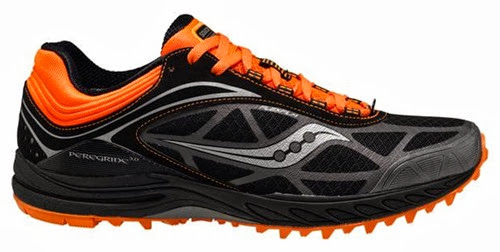
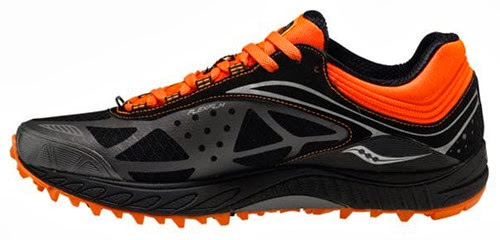
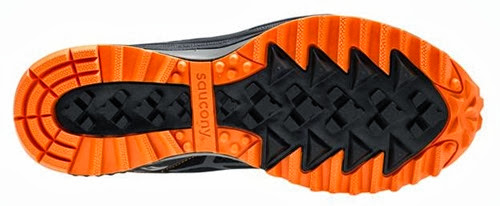

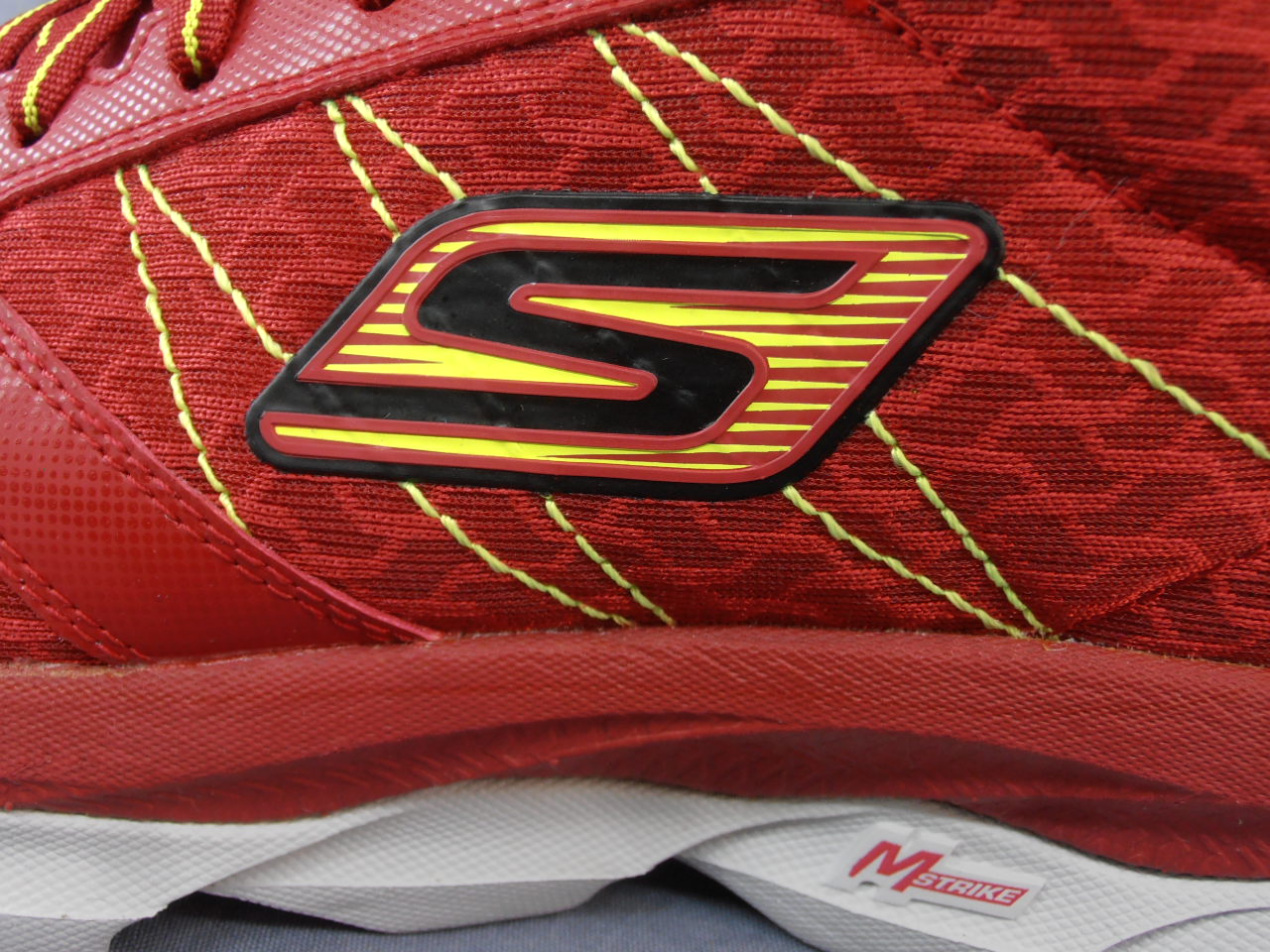

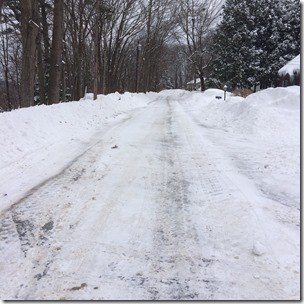
















I totally agree with your review about the snug fit and pointy toe. All other reviews I have seen says roomy or wide toebox, but I find it pointy, and difficult to lace up properly. My Mirage 2 are roomy in the toebox, the Peregrene3 are not.
You might be disappointed in the Mirage 3 then – I ordered a pair, assuming the fit would be like the 2, but was dismayed to find them so tight that I sent them back unworn. I have a pair of the Xodus 3 trail shoes, which I believe are even heavier than the Peregrine, but a spongier sole and I think a roomier toebox and more flexible mesh over the toes.
Peter, when is the review of the blazing fast coming?
Should be pretty soon. I’ve got about 15-20 miles on them, pretty easy shoe to peg.
Sent from my iPad
I hope your review is positive but I have to say that from the pictures the shoe does not seem to have a wide forefoot and even though I do not have wide feet that worries me.
It looked like one to avoid.
It’s narrow, but I tolerate it. The Mizuno Universe 5 is a better choice for a wide foot.
I’ve run in the Blazing Fast and the shoes started falling apart after 3 runs. The outsole is peeling off. My initial impression is that while the shoes are very light, the quality is inferior to the Mizuno Wave Universe 4 that I also use.
That’s my concern about the Blazing Fast – mine are fine after about 15-20 miles, but they don’t look like a durable shoe. Couldn’t find anything on google about them either, no reviews.
—-
Pete Larson’s Web Links:
-Performance Health Spine and Sport Therapy<http: about-us=”” dr-peter-larson=”” performancehealthnh.com=””>
-My book: Tread Lightly: link to ow.ly
-Blog: https://runblogger.com
-Twitter: link to twitter.com
-Facebook Page: link to facebook.com…
-Discussion Forum: https://runblogger.com/forum</http:>
I like my Peregrines but the traction picks up too much Texas Black gumbo if it is the least bit wet out. I can run mile on concrete and the mud will stay stuck to them. It turns out my Zems that I glued Cherry Vibram soles on are the best for the mud.
Isn’t this why the Hoka’s make sense? Protection against bruising, bucket seating and sole deformation for stability against rogue objects.
Yep, I was thinking about that as I wrote this. Hokas have a softer sole generally and conform more to stuff underfoot, and I think the bucket helps protect against rolling despite the big stack.
—-
Pete Larson’s Web Links:
-Performance Health Spine and Sport Therapy<http: about-us=”” dr-peter-larson=”” performancehealthnh.com=””>
-My book: Tread Lightly: link to ow.ly
-Blog: https://runblogger.com
-Twitter: link to twitter.com
-Facebook Page: link to facebook.com…
-Discussion Forum: https://runblogger.com/forum</http:>
The PI Trail M2’s are notable in this regard as well. They have a denser wedge of foam both laterally and medially that creates a resistance to rolling inward or outward. In practice this works very well and they may be IMO the best “tanks” for 50k+ distances available.
The only downfall is the unfortunate tightness on my 5th met, causing it to be pinched nearly underneath my 4th met. A larger size might help.
Ive got almost 300 mile on my Peregrine 2’s and I think the stiffness gets noticeably better as they break in. I definitely noticed the tendency to roll the ankle in the first few runs, which I attributed to the higher stack height than I was used to, but the lateral stiffness actually makes more sense after reading Pete’s post. Right now, these shoes are getting better and better for me with each run. The tank-like sole shines on pointy rocks, and has no noticeable wear and tear. I don’t think I’ll get another 200 miles out of the upper though as I see a lot of wear around the edges of the forefoot. I’m a big fan of the Peregrine and hope they can balance keeping the tough exterior in future versions while improving the flexibility.
Thanks for another great review. I had a pair of the original Peregrines and they suffered from the splitting mentioned in the review just short of the 300 mile point. This was a real shame as the sole is a classic, enough grip to cope with the mud my running in the UK winter (and summer,,,,,) gives them. The combination of materials in the sole means thy don’t wear out on road use like other similarly grippy trail shoes.
The real problem with them I feel is the combination of the reasonably stiff sole with a lightweight top which makes the point of most flex a real weak area. Looking for views of people who have put some miles in, I hate the disappointment of a good shoe meeting an early demise.
Has anyone else found the Peregine slippery on dry flat rock? I’ve enjoyed the feel, fit, and traction for mud, sand, leaves, grass, but they scare me on hard surfaces. The soles seem too hard to grip wet or dry stone. Off-camber river boulders give me the willies in this shoe. Am I the only one to experience this?
Pete,
On ankle twisting, I’ve found that when I’m expecting uneven surfaces I intentional run more on my forefoot and that seems to make the rolling less severe or gives you a slight delay so you can adjust before your full weight comes down. That said in the first 5 feet of a race on a fire road I stepped in a tiny hole and rolled my ankle in the Peregrine, but after that I was fine.
I tend to do the same, but I don’t run technical trails often so I’m out of practice :)